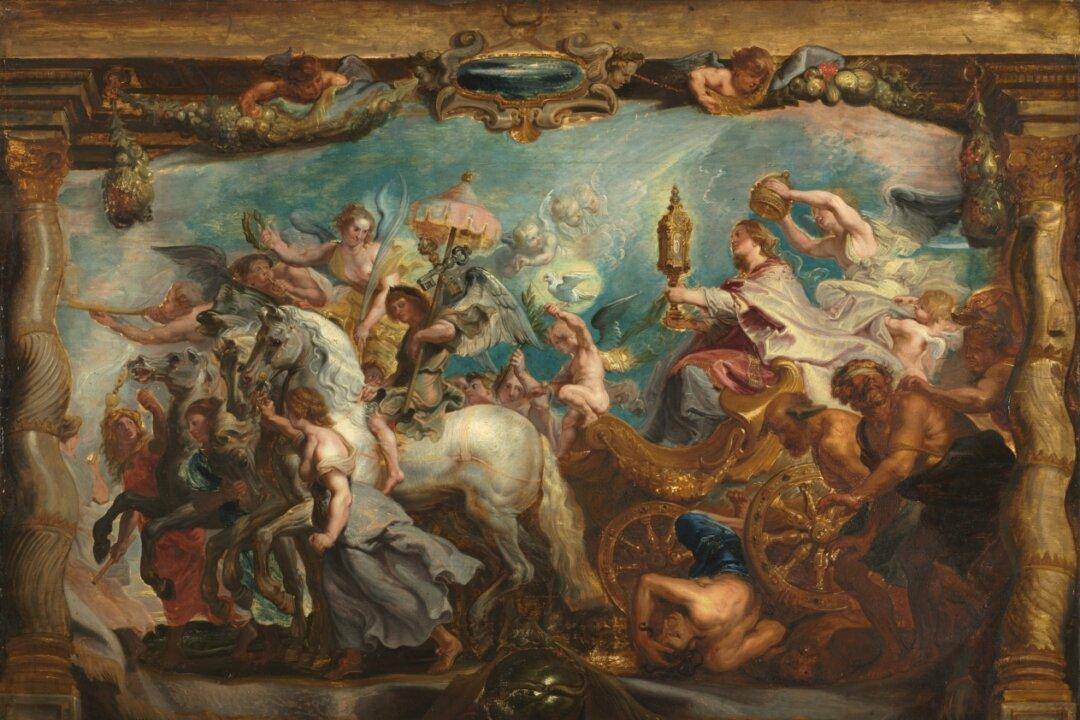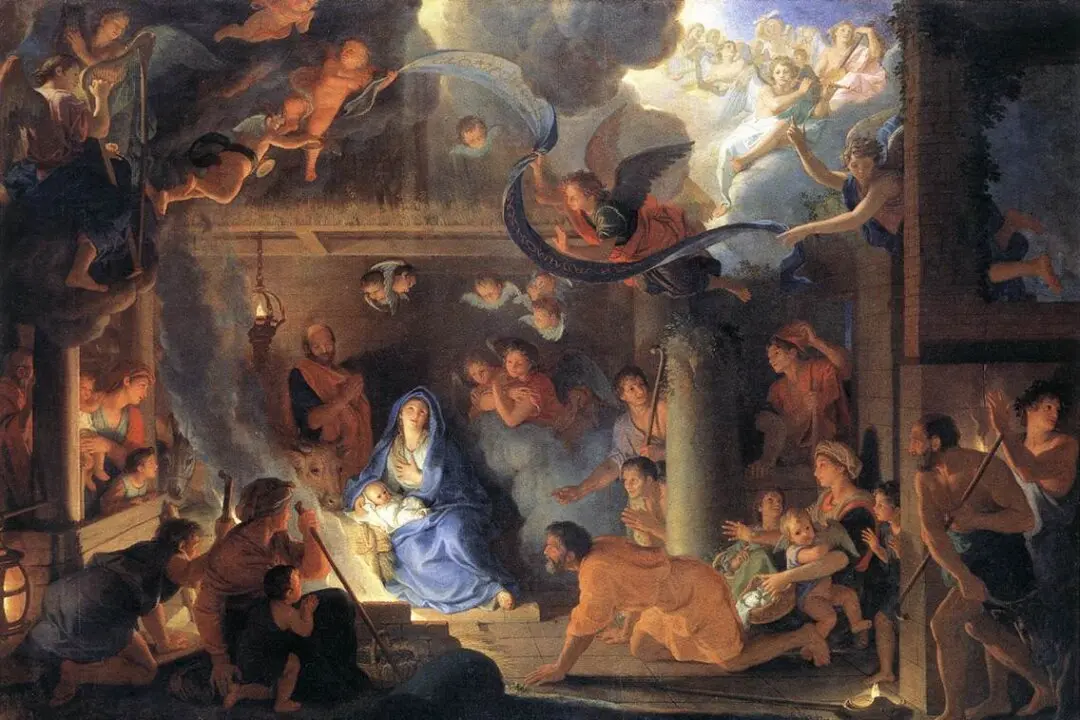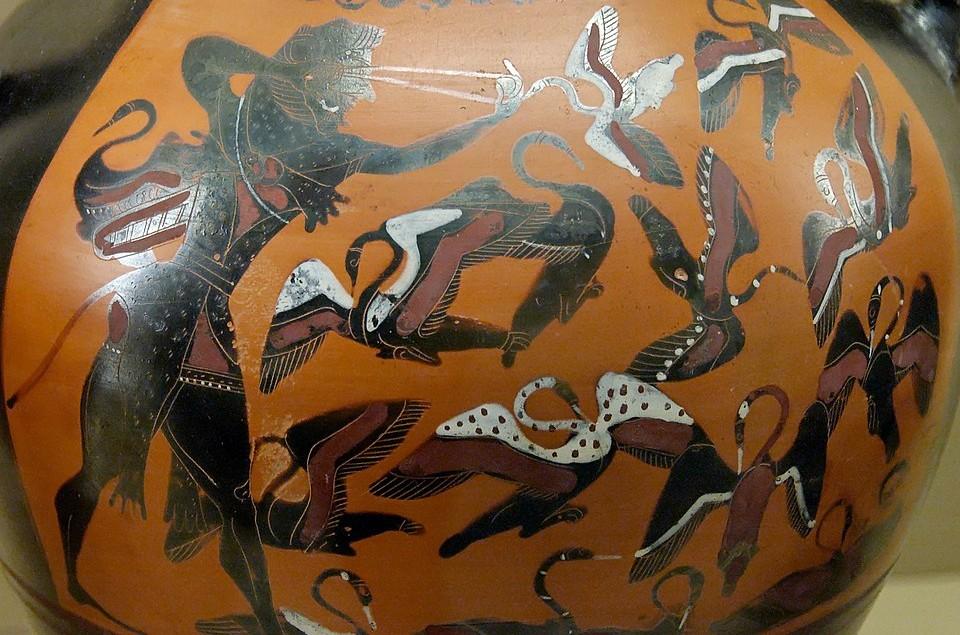In our last article, we looked at the ideas of hope and motivation and pointed out that hope was an ancient word going back long into the classical past. Motivation, as a word, was first coined in 1904; yet both are still very active words—with billions of hits on Google. Yet these each have different connotations.
Specifically, we alluded to Freud and the rise of psychology as a science that made the term “motivation” more acceptable than “hope” and its strong theological connotations. In the secularly dominated world of the West, theological connotations are usually undesirable. They remind people of a higher authority, which secularism perpetually seeks to denigrate.






